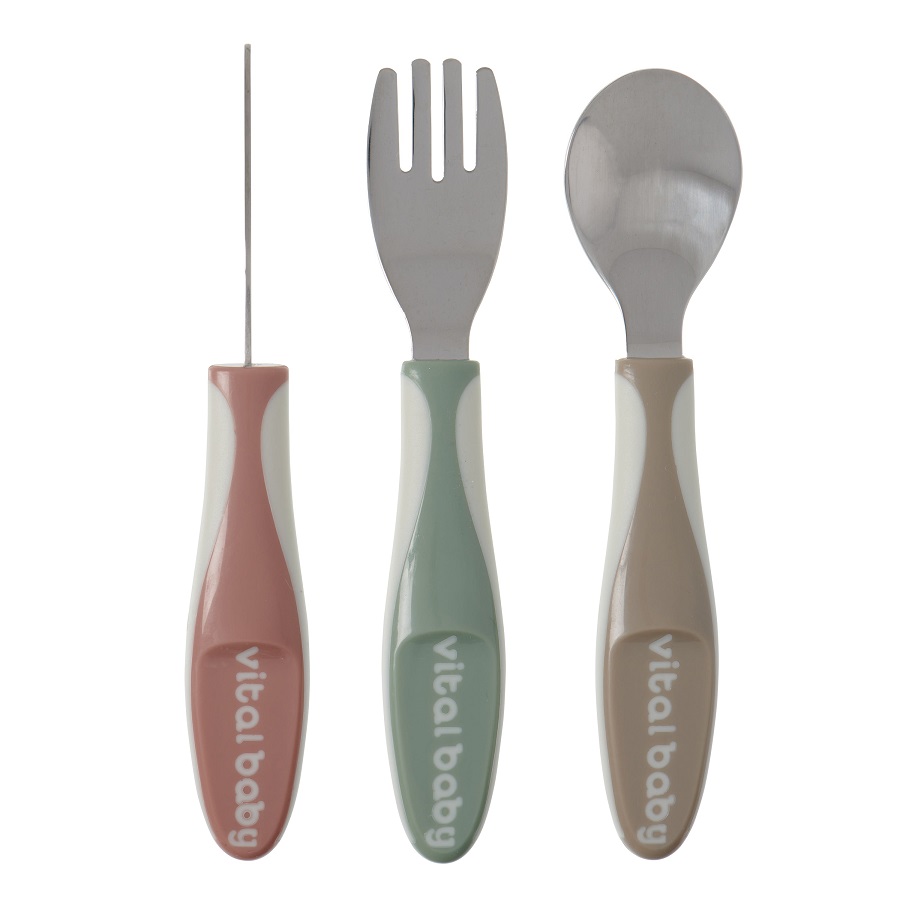 Introduction:
Introduction:
The kitchen sink is an essential fixture that combines functionality and style in one of the busiest areas of the home. From preparing ingredients to washing dishes, the sink plays a crucial role in the daily activities of the kitchen. In this comprehensive guide, we will explore the materials used in kitchen sinks, the different shapes and sizes available, and the various design and style options to enhance the overall aesthetic of your kitchen. By understanding these aspects, you can choose a kitchen sink that suits your needs and complements your design preferences.
 Materials Used in Kitchen Sinks
Materials Used in Kitchen Sinks
Stainless Steel:
Stainless steel is the most popular material choice for kitchen sinks due to its durability, resilience, and sleek appearance.
It is resistant to heat, stains, and corrosion, making it easy to clean and maintain.
Fireclay:
Fireclay sinks are made from a blend of clay and glaze, which is then fired at a high temperature.
They offer a classic and elegant look with a smooth, non-porous surface that resists chipping and staining.
Composite Materials:
Composite sinks are made from a combination of materials such as quartz particles or granite mixed with resin.
They offer durability, resistance to stains and scratches, and come in a variety of colors and finishes.
Shapes and Sizes of Kitchen Sinks
Single Basin:
Single basin sinks have one large basin, providing ample space for washing large pots and pans.
They are versatile and functional, allowing for easy cleaning and food preparation.
Double Basin:
Double basin sinks feature two separate basins of equal or different sizes.
They allow for multitasking, such as dividing tasks between washing and rinsing, or separating clean and dirty dishes.
Farmhouse or Apron Front:
Farmhouse sinks, also known as apron front sinks, have a larger and deeper basin that extends forward, covering part of the front cabinets.
They offer a traditional, rustic look and provide plenty of space for cleaning and food preparation.
Design and Styles of Kitchen Sinks
Undermount:
Undermount sinks are installed beneath the countertop to create a seamless and clean look.
They offer a modern aesthetic, making it easier to wipe debris directly into the sink.
Drop-in:
Drop-in sinks, also known as top-mount sinks, sit on the countertop surface, with the edges resting on the opening cutout.
They are easy to install and come in various designs to suit different kitchen styles.
Modern and Contemporary:
Modern and contemporary sink designs often feature sleek lines, minimalist styling, and sharp angles.
They are characterized by clean and simple aesthetics that complement modern kitchen designs.
Traditional and Vintage:
Traditional and vintage sinks showcase ornate details, curved edges, and decorative elements.
They add a classic and nostalgic touch to kitchen spaces.
 Here’s an explanation of how to match a kitchen sink with a drain pipe kit:
Here’s an explanation of how to match a kitchen sink with a drain pipe kit:
When it comes to pairing a kitchen sink with a drain pipe kit, there are a few factors to consider to ensure compatibility and proper installation. Here’s an explanation of how to match a kitchen sink with a drain pipe kit:
Sink Type:
The type of kitchen sink you have will determine the type of drain pipe kit you will need. Most standard kitchen sinks have a strainer basket, which is the removable component that fits into the drain opening of the sink. Make sure the drain pipe kit you choose is designed to work with the type of sink you have.
Sink Size:
Consider the size of your sink, specifically the drain opening diameter. Drain pipe kits come in various sizes, usually ranging from 1.5 to 3 inches. Ensure that the drain pipe kit you select matches the size of your sink’s drain opening for a proper fit.
Material Compatibility:
Check the compatibility of the materials used in both the sink and the drain pipe kit. For example, if your sink is made of stainless steel, ensure that the drain pipe kit is also compatible with stainless steel to avoid any corrosive reactions between different metals.
Included Components:
Drain pipe kits typically include multiple components such as the strainer basket, tailpiece, trap, and extension pipes. Ensure that the kit includes all the necessary components to complete the installation and connect the sink to the plumbing system.
Plumbing Codes and Regulations:
Familiarize yourself with local plumbing codes and regulations to ensure compliance during the installation process. Some areas may have specific requirements regarding the type and installation of drain pipe kits. Adhering to these codes will ensure a safe and efficient plumbing system.
Installation Method:
Follow the manufacturer’s instructions for installing the drain pipe kit. It generally involves connecting the components using slip nuts, washers, and gaskets, along with using plumber’s tape or sealant to create a watertight seal. Proper installation is crucial to prevent leaks and ensure the smooth functioning of the sink drain.
If you have any doubts or concerns about matching a drain pipe kit with your kitchen sink, it is always advisable to consult a professional plumber for guidance. They can help you select the appropriate drain pipe kit and ensure its compatibility and proper installation with your specific sink.
 Here are some key points to remember:
Here are some key points to remember:
When installing a kitchen sink, there are several important considerations to keep in mind to ensure a successful and problem-free installation. Here are some key points to remember:
Proper Measurements:
Before purchasing a new sink, accurately measure the dimensions of the sink cabinet and countertop cutout area. This will ensure that the new sink fits properly and aligns with the countertop and surrounding fixtures.
Sink Type and Configuration:
Choose a sink type and configuration that suits your needs and complements your kitchen design. There are various options available, including top-mount, undermount, farmhouse/apron-front, and double-bowl sinks. Consider the installation requirements and compatibility with your kitchen setup.
Support and Reinforcement:
Ensure that the sink is adequately supported and reinforced to prevent sagging or instability. This is especially important for undermount sinks, which rely on proper attachment and support from the countertop. Follow the manufacturer’s recommendations and use appropriate bracing or support brackets if necessary.
Plumbing Connections:
Plan and prepare the necessary plumbing connections before installing the sink. Ensure that the existing plumbing lines are properly aligned with the new sink’s drain and water supply connections. Proper alignment and installation of the trap, P-trap, and other plumbing components are crucial to prevent leaks and maintain proper drainage.
Silicone Sealant or Plumbers’ Putty:
Apply a bead of silicone sealant or plumbers’ putty around the edges of the sink where it contacts the countertop. This helps to create a watertight seal and prevent water infiltration between the sink and countertop surface.
Faucet Installation:
If installing a new faucet, follow the manufacturer’s instructions and ensure proper alignment and attachment to the sink. Use plumbers’ tape or sealant to prevent leaks at the faucet connections.
Caulking:
After the sink is installed, apply a thin bead of silicone caulk around the edges where the sink meets the countertop. This further enhances the seal and prevents water from seeping between the sink and countertop.
Testing and Inspection:
Before completing the installation, thoroughly inspect all connections, including drain pipes, water supply lines, and faucet connections. Test for any leaks by running water into the sink and checking for drips or moisture. Address any issues promptly before completing the installation.
Remember, if you’re not confident in your plumbing or installation skills, it’s always advisable to consult a professional plumber for assistance. They can ensure the proper installation of the sink and associated plumbing connections, minimizing the risk of leaks or other issues down the line.
 Conclusion:
Conclusion:
The kitchen sink is not just a functional necessity, but it also serves as a design element that can enhance the overall aesthetics of your kitchen. By considering the materials, shapes and sizes, and design and style options for kitchen sinks, you can choose a sink that suits your needs and reflects your personal taste. Whether you prefer the sleekness of stainless steel, the elegance of fireclay, or the versatility of composite materials, there are numerous options available to enhance both the functionality and visual appeal of your kitchen. Invest in a high-quality kitchen sink that aligns with your design preferences and complements the overall style of your kitchen, creating a space that is both practical and visually stunning.




